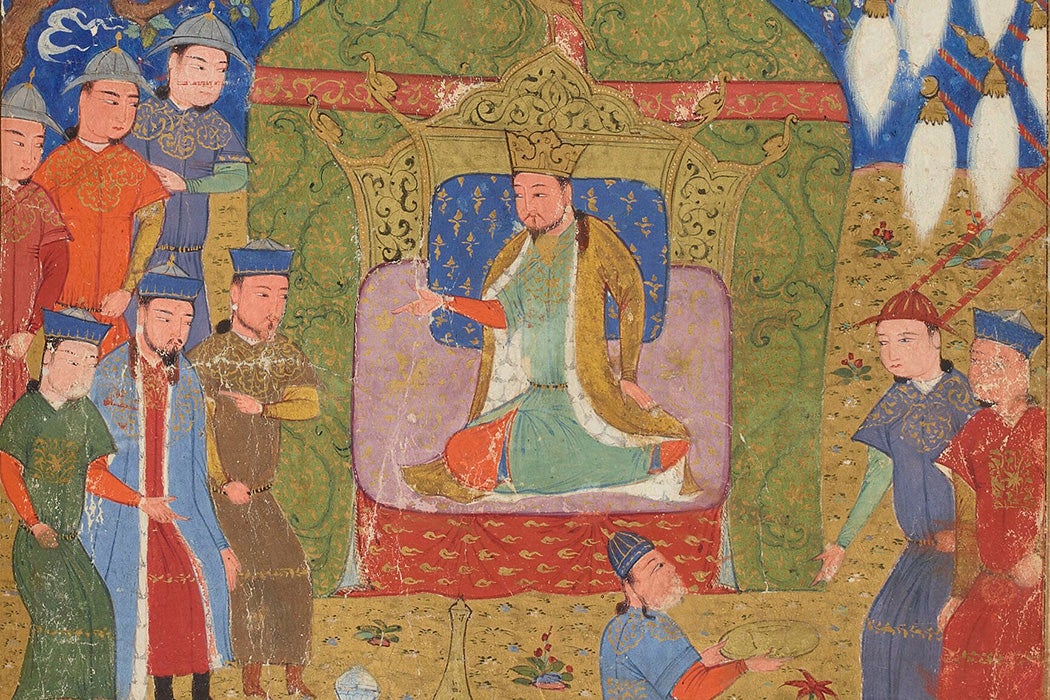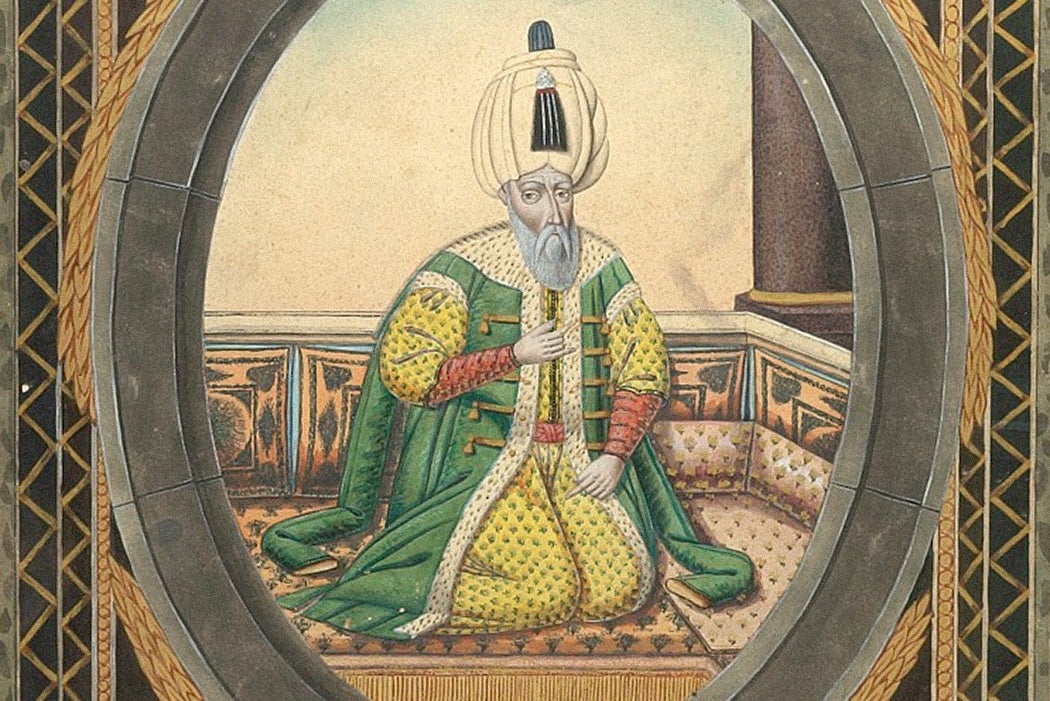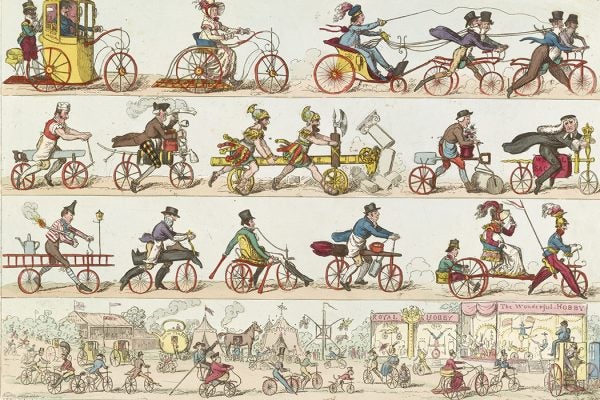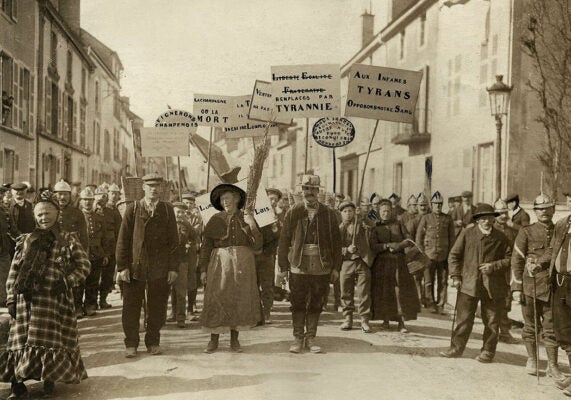At the peak of their success in 1259, the Mongol people numbered under a million, yet they ran an empire that covered a huge part of the world, including most of Russia, China, and Iran. And, as historians Paul D. Buell and Judith Kolbas write, they did it without abandoning their nomadic lifestyle.
The empire began on the Central Asian steppe, where small groups organized grazing rights based on complex kinship structures. The Mongols initially emerged as a confederation of smaller groups, pulled together with violence, negotiation, and strategic marriages.
As this alliance grew into an empire under Genghis (Chinggis) Khan, a new structure emerged based on mingan, or “thousands”—units composed of about 1,000 warriors and their families. Although these weren’t based in the older kinship system, outsiders often incorrectly identified them as “tribes.” Meanwhile, the khan’s bodyguard transformed into the locus of a central government. Its members were drawn from both inside Mongolia and from conquered territories. Some members were technically hostages, but all were participants in what Buell and Kolbas term a “school of national assimilation.” They functioned as legal judges and negotiators, working with local leaders outside the empire.
Under Genghis’s son and successor, Ögödei, the empire developed a civilian government that put local government bureaucracies in north China, Turkistan, and Iran under a central administration overseen by a senior bodyguard officer. The government issued coins, conducted censuses, built (or rebuilt) cities, and adopted a taxation system based on a Chinese model.
In 1220, it established Karakorum (Qaraqorum) as the empire’s capital, with a ceremonial white palace. However, the khans only stayed there for about one month a year, continuing the nomadic practice of moving with the grazing cycle. At the empire’s height, the Mongols established what would become Beijing as a new capital city, but the leadership still traveled each year to spend the summer at pastures in Inner Mongolia.
More to Explore
Creating an Ottoman Political Culture
The Mongols maintained their unique culture in other ways. For example, when a significant decision, such as appointing the chief of a mingan, was made, it was accompanied by rituals including the composition of a long alliterative poem.
Weekly Newsletter
The role of women in the empire’s leadership also mystified other regional powers. For example, Alakhai Bekhi (Alaqai Bäki), a daughter of Genghis Khan, horrified Chinese writers by leading a Mongol army in North China. She also secured an alliance with the Turkic Onggüd people through marriage. And Ögödei’s widow, Töregene Khatun, ruled the entire empire as regent from 1241 to 1246.
Starting in 1260, a series of civil wars broke the empire apart into successor states: China’s Yuan Dynasty, the khanate of Qaidu in southern Siberia, the Chaghatayid khanate in Turkistan, the Golden Horde in Russia, and the Ilkhanate in Iran. All these states expanded their territories, and the Yuan state organized trade across the Indian Ocean to the Persian Gulf, creating the world’s first great maritime era, which lasted until the collapse of the Mongol state in Iran in 1350.
Support JSTOR Daily! Join our membership program on Patreon today.








